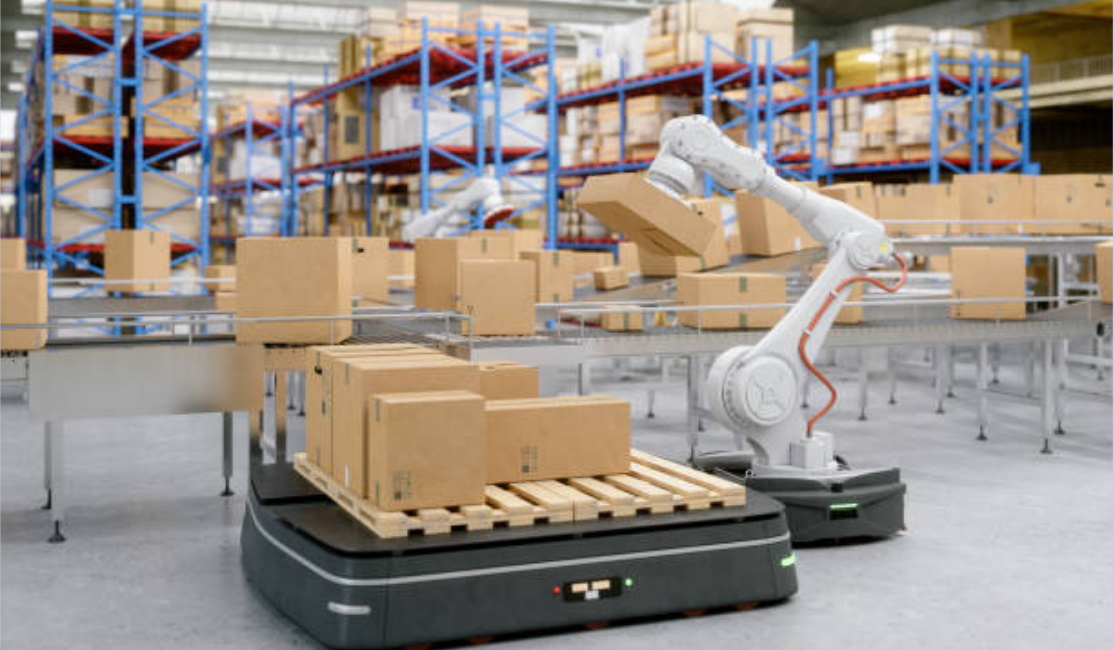The Advantages of Being in the Automated Logistics System Industry
- Written by NewsServices.com

Automated Logistics Systems (ALS) are a type of computerized logistics system that uses modern technology to automate the management and execution of warehouse, transportation and inventory operations. Automated Logistics Systems provide businesses with greater control over their supply chain activities, resulting in increased efficiency, cost savings and improved customer service.
An automated logistics system is a combination of hardware and software that enables companies to efficiently manage their supply chain activities. It can be used to track materials from the moment they enter the warehouse until they reach their destination. The system also provides real-time data on inventory levels, shipment status, order fulfilment progress and other aspects related to warehousing operations. Additionally, ALS allows companies to streamline processes such as picking orders or scheduling shipments by automating certain tasks or providing suggested improvements for existing processes.
Types of Automated Logistics Systems
Automated Logistics Systems are increasingly being used to improve the efficiency and accuracy of logistics operations. These systems can range from warehouse automation to transportation management, package tracking technologies, and autonomous robots. This article will provide an overview of the four main types of automated logistics systems.
Warehouse Automation Systems
Warehouse automation systems utilize advanced technologies such as robotics, sensors, and computer vision to automate a range of tasks that are traditionally done manually. The use of these systems can help improve safety, reduce costs associated with labour and increase throughput speed in warehouses or distribution centres. Automated storage and retrieval systems (AS/RS) is one type of warehouse automation system which helps store inventory items in designated locations while also automatically retrieving them when needed for delivery or pick-up.
Transportation Management System (TMS)
A transportation management system (TMS) is a software application that enables users to manage the movement of goods through their supply chain network more efficiently by providing visibility into all shipments in transit. TMS technology also helps optimize routing for cost savings as well as ensuring compliance with regulations such as Hours-of-Service rules for drivers.
Components of an Automated Logistics System
An automated logistics system is an increasingly important component of the modern factory environment. It encompasses all the steps necessary for a product to move from raw material through to finished goods, including storage and retrieval, inventory management, and order fulfilment. Automated logistics systems offer numerous advantages over manual methods in terms of efficiency and cost savings.
At the heart of any automated logistics system are sensors and scanners that detect objects and signals for further processing. Sensors can detect object sizes, shapes, locations, or even temperature changes to initiate tasks such as ordering new materials or signalling a robotic arm to retrieve them.
Robotic arms are another key component of an automated logistics system; they are often used in place of human workers who would have otherwise been needed to retrieve requested items from shelves or move them around within a warehouse. Robotic arms can be programmed with specific movements that allow them to accurately pick up items with their grippers without damaging them in any way.
Conveyor belts are also essential components of an automated logistics system; they provide a safe and efficient way for products to travel between different areas within a warehouse while being sorted into bins or pallets by robotic arms or other machines along the way.
Conclusion
Automated logistics systems are a powerful tool for businesses that need to track and manage their inventory, warehouse processes, and shipping. They allow companies to streamline their operations and reduce costs by automating manual tasks associated with tracking and managing inventory. Automated logistics systems can provide businesses with greater visibility into their supply chain operations, allowing them to make more informed decisions about how they manage their inventory. Ultimately, automated logistics systems have the potential to revolutionize the way that businesses operate in the 21st century by providing them with an efficient and cost-effective way of managing their supply chain operations.



